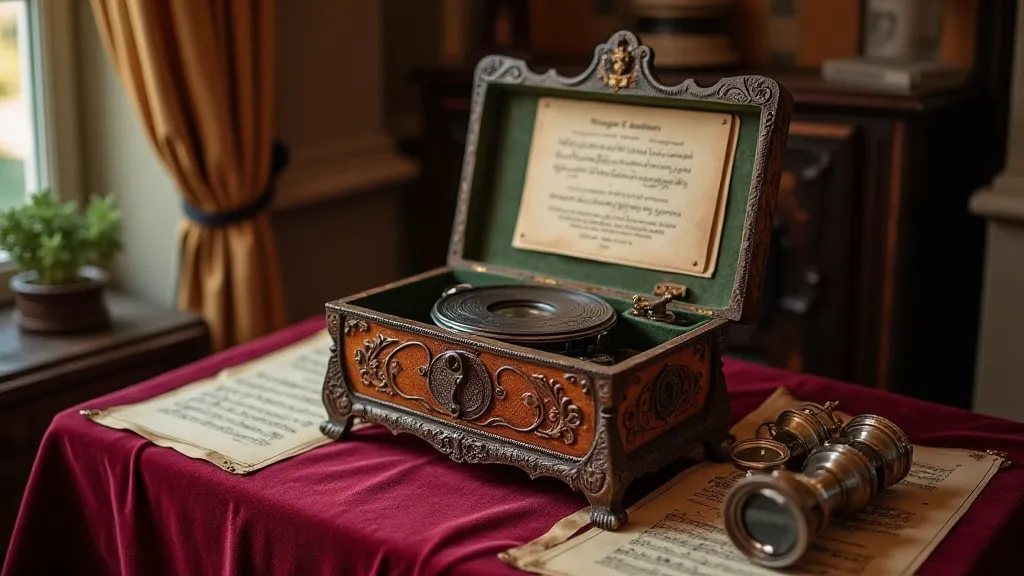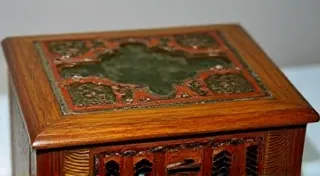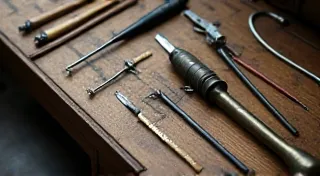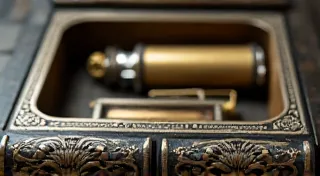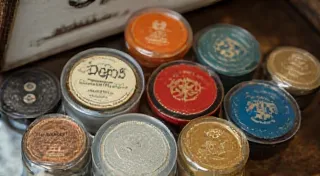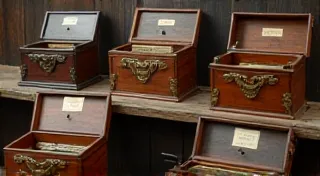The Cartography of Timbre: Mapping the Soul of a Restored Music Box
There's a particular magic held within antique music boxes. It’s not just the tinkling notes, the delicate mechanisms, or even the exquisite artistry of their construction. It’s something deeper – a resonance of time, a whisper of lives lived, and a sonic fingerprint uniquely shaped by decades, or even centuries, of existence. As restorers, we aren’t simply fixing broken parts; we’re embarking on a form of sonic cartography, charting the subtle nuances of sound and understanding the landscape of an object's past. We're, in essence, listening to history.
My first music box was a small, unassuming cylinder box, found in a dusty antique shop. The seller, an elderly gentleman with knowing eyes, simply said, "It's a bit quiet, but it has a story to tell." And it did. The melody was barely audible, a muffled echo of what it once was. The wood was dry, the pins worn, and the overall impression was one of neglect. But within that fragility, I sensed a potential – a latent beauty waiting to be rediscovered.
That experience fundamentally changed how I approached restoration. I realized that a successful restoration wasn’t solely about functionality; it was about honoring the object’s sonic character, understanding the forces that had shaped it, and bringing it back to a state where it could again sing its intended song.
Understanding Timbre: The Soul of the Sound
The term 'timbre' refers to the unique tonal quality or 'color' of a sound. It's what allows us to distinguish a violin from a trumpet, even when they play the same note at the same volume. In the context of music boxes, timbre is a complex interplay of factors. The type of metal used for the cylinder or disc, the age and condition of the pins, the material of the resonator (often rosewood or walnut), and even the humidity and temperature it has endured all contribute to its sonic signature.
Consider the different sounds produced by a late 19th-century Swiss cylinder box versus a later, American-made disc box. The Swiss boxes, often employing thinner metal and more intricate pin arrangements, possess a delicate, crystalline tone. The American boxes, frequently built with more robust materials, may offer a fuller, more resonant sound.
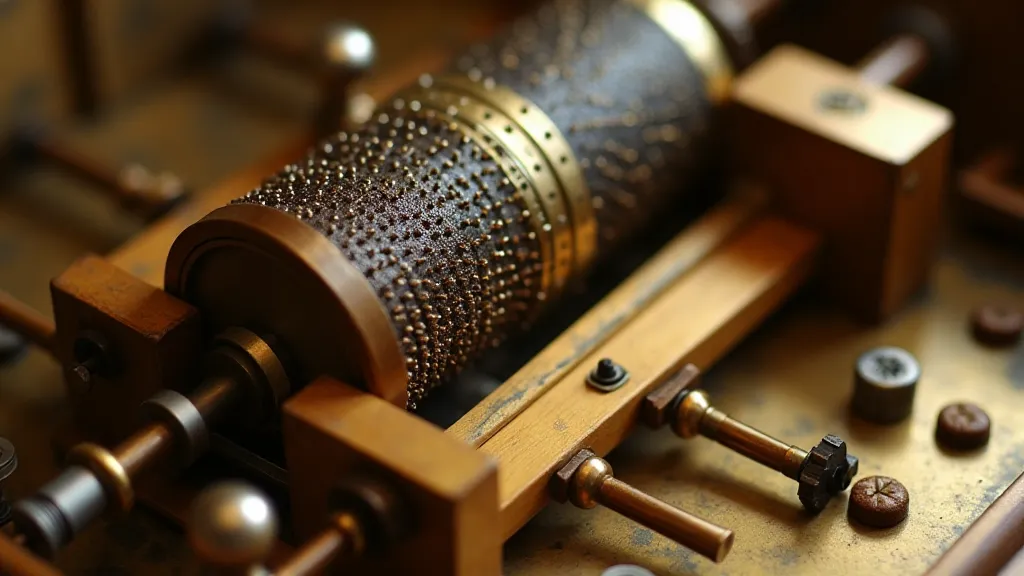
The Historical Context: A Symphony of Eras
Music boxes weren’t simply novelties; they were reflections of their time. The rise of the music box coincided with the industrial revolution and the burgeoning middle class who sought accessible forms of entertainment. Early music boxes, originating in Europe, were often luxury items, commissioned by wealthy patrons. As manufacturing techniques improved, they became increasingly affordable, finding their way into homes across the globe.
The craftsmanship involved in creating these intricate machines is astounding. Skilled artisans would hand-shape the cylinders or discs, painstakingly arrange the pins to create specific melodies, and embellish the boxes with ornate carvings, engravings, and inlays. Many music boxes bear the marks of the makers - subtle variations in pin arrangement or decorative details that serve as unique identifiers.
Restoring a music box, therefore, isn't just about repairing its mechanical function. It’s about connecting with that history, appreciating the dedication of the original craftsmen, and preserving a tangible piece of the past.
The Restoration Process: A Delicate Balance
The restoration of an antique music box demands a multidisciplinary approach, combining mechanical skills, material science understanding, and a healthy dose of patience. The first step is always careful assessment. Disassembly is conducted with meticulous documentation – photographs are taken at every stage to ensure correct reassembly. The cylinder or disc is examined for wear, corrosion, and damage. The pins, often the most fragile component, are carefully inspected and replaced if necessary, always with pins of appropriate length and material to match the original.
The resonator, responsible for amplifying the sound, often requires cleaning and re-oiling to restore its vibrancy. The case, the exterior shell of the music box, is cleaned and preserved, avoiding harsh chemicals that could damage the original finish. Sometimes, a delicate touch is needed to repair broken or missing pieces, utilizing techniques like veneer patching and carving reconstruction.
A crucial aspect of restoration is recognizing the inherent beauty of age. While it's important to address mechanical issues and structural damage, it’s equally important to preserve the patina of time – the subtle markings and imperfections that tell a story. Overly aggressive cleaning or refinishing can strip away this character, leaving the music box feeling sterile and lifeless.
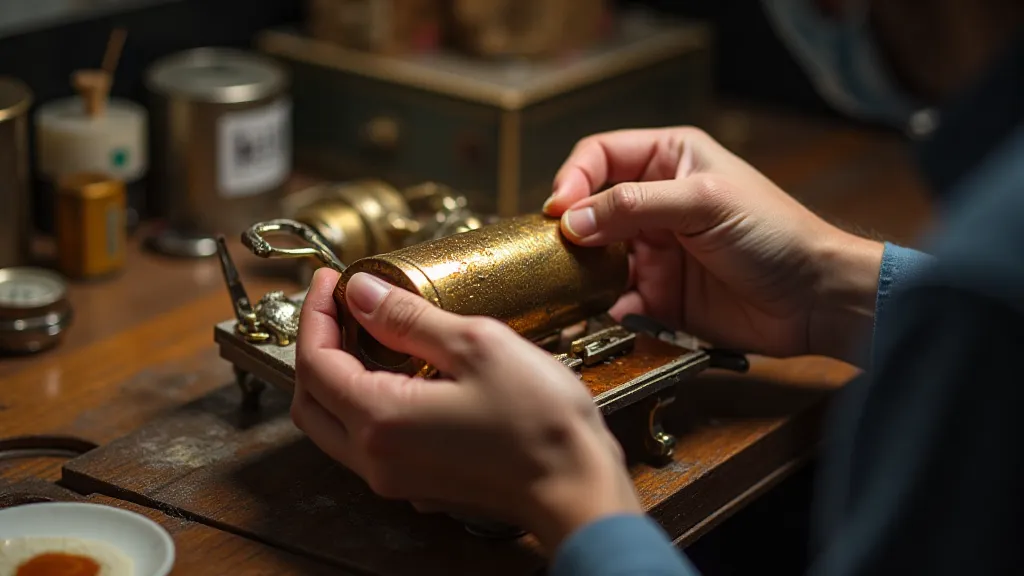
Listening to the Past: Sonic Cartography in Action
The most rewarding part of music box restoration isn’t the repair itself, but the moment the mechanism begins to sing again. That first hesitant note, then the full melody unfolding, is a moment of profound connection – a bridge across time, linking the present to the past.
As a sonic cartographer, I strive to understand how the music box has changed over time – how wear patterns on the pins have altered the timbre, how environmental factors have affected the materials. By carefully analyzing these changes, I can gain insights into the music box’s history, its journey through the decades.
For example, a music box with unusually worn pins might suggest that it was played frequently, possibly in a public setting. A music box with significant corrosion might indicate that it was stored in a damp environment. These subtle clues paint a vivid picture of the music box’s past, enriching our appreciation for its significance.
Collecting and Preservation: A Continuing Legacy
The antique music box collecting community is a passionate and dedicated group, committed to preserving these remarkable artifacts. Collecting isn’t just about acquiring beautiful objects; it’s about safeguarding a vital piece of cultural heritage.
For those interested in collecting, it’s important to do your research. Familiarize yourself with different manufacturers, models, and eras. Learn to identify common problems and understand the value of different features. And, most importantly, approach collecting with a deep respect for the history and craftsmanship embodied in each music box.
Ultimately, the soul of a restored music box lies not just in its perfectly functioning mechanism, but in the story it tells – a story of artistry, innovation, and the enduring power of music. By embracing the role of sonic cartographer, we can unlock that story and ensure that these treasures continue to resonate for generations to come.
